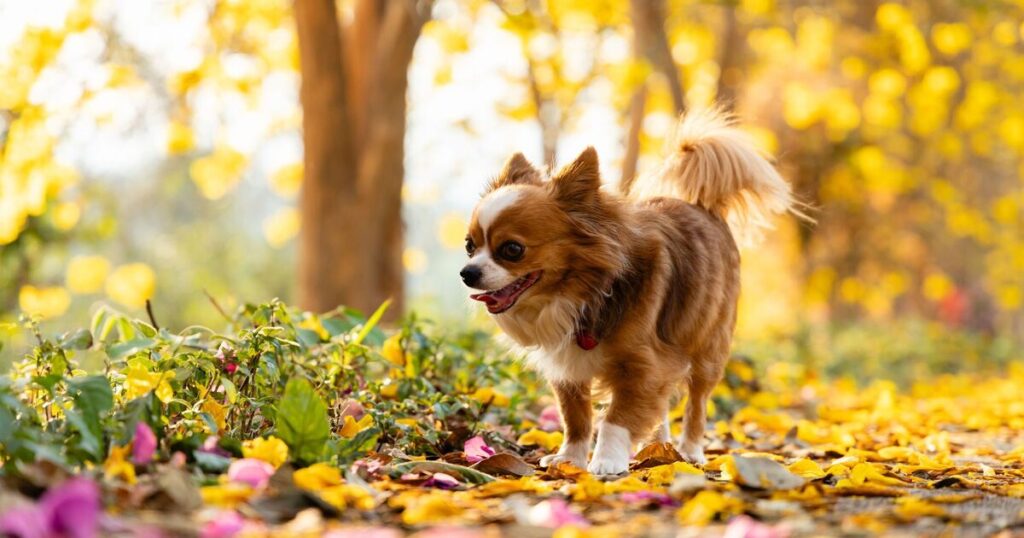
Experts have given their insights on what your dog might be trying to communicate through certain facial expressions and behaviours, emphasising the importance of not making assumptions. In the UK alone, around 33% of households are home to a dog, equating to approximately 12million dogs.
Given these animals’ loyalty, affectionate nature, and devotion to their owners, it’s no surprise that many people are eager to welcome a dog into their lives.
Many owners believe they fully understand all their dogs’ mannerisms and expressions, but experts warn this may not always be the case – some behaviours can be misinterpreted.
Andrew Huberman, a neuroscientist and professor of neurobiology and ophthalmology at Stanford University School of Medicine, recently collaborated with Dr Karolina Westlund PhD – a professor of ethology at the University of Stockholm – on his popular health and science podcast, Huberman Lab.
Sharing the discussion with his 7.4 million Instagram followers, Huberman stated they were examining the “often overlooked needs of domesticated animals – primarily dogs and cats – and the things we can do to improve their well-being and our relationship with them”.
In the two-hour podcast, which was shared on social media, Dr Westlund discussed how to interpret what a dog is trying to communicate with certain behaviours, and why it’s unwise to assume a dog is happy just because they’re wagging their tail.
The expert elaborated: “We might see a dog who’s wagging his tail and we might think that it’s only happy dogs that wag their tails but actually tail wagging is seen in many different contexts.”
She pointed out that while many people assume it’s a “visual communication”, sometimes, a dog may be dispersing their scent from behind them with a wag of their tail, which also gives information about their “current emotional state”.
She further explained: “One very interesting thing is that the dog wagging with a predominant left wag, left for the dog, so he’s wagging on the left hand side of his body, tends to be associated with negative emotional states, and on the right tends to be associated with positive emotional states.”
Dr Westlund said this can also apply to some cats, as they tend to “look at the world from the left when in a negative emotional state” whereas they may approach things from the right “when in a positive emotional state”.
To gauge this in your pet, she advised if they’re “looking from the left” with their left eye “slightly forward” and their head tilted towards the right so the left side of their body is “taking in that information”, it could show they’re in a more negative frame of mind.
Reading a dog’s facial expressions can be tricky because dogs move different facial muscles “when they make emotional facial expressions than what humans do”, but she stressed they do convey emotions with their faces.
According to the expert, it’s a mistake to assume we can interpret a dog’s emotions from their facial expressions alone, as the muscles involved are different from those in humans, leading some owners to “misread” their dog’s facial expressions due to our own personal “bias” and assumptions about what certain expressions mean.
Instead, she recommends considering a dog’s overall behaviour. She added: “If we live with dogs, we won’t observe just the facial expression, we will observe the entire dog and we’re often better off reading their body language than we are reading their facial expression.”
 Latest World Breaking News Online News Portal
Latest World Breaking News Online News Portal






